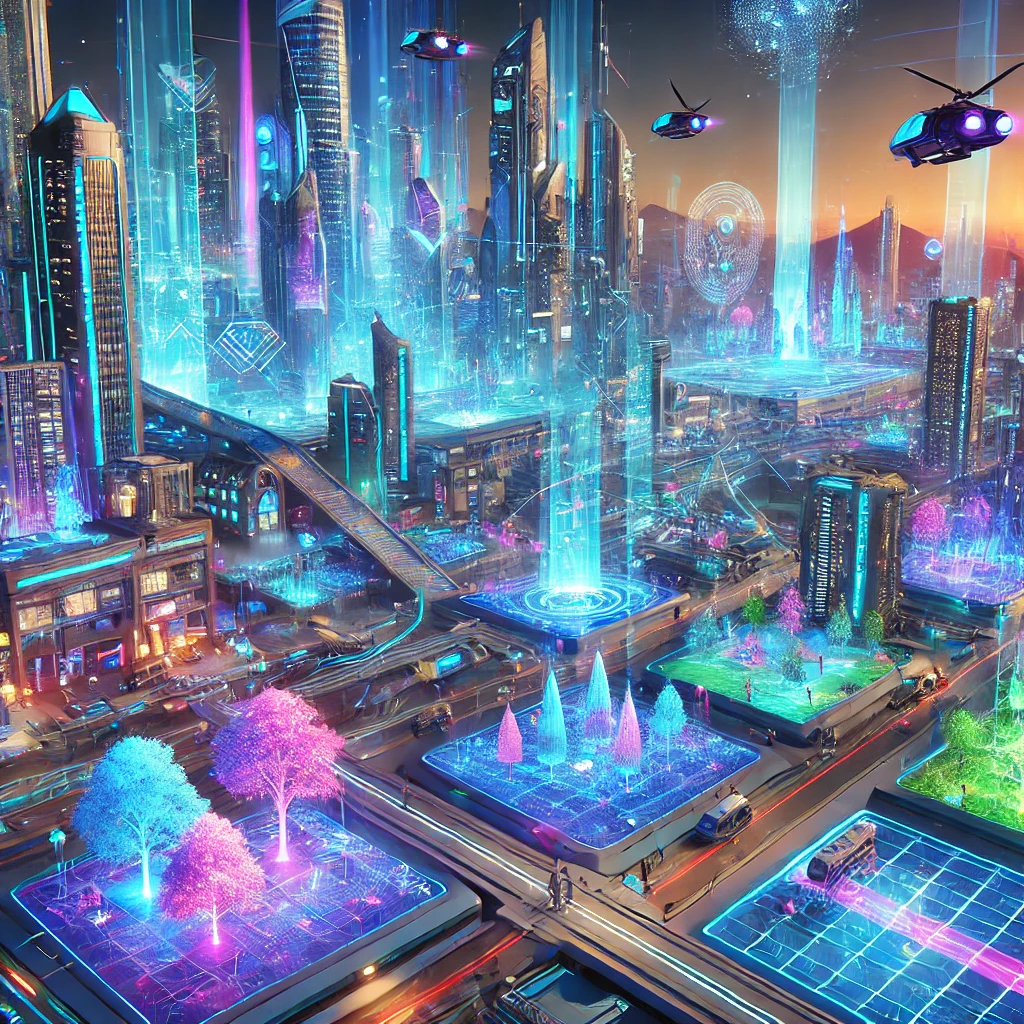
Mastering technology is no longer an option – it’s a necessity. As we enter an era where most professions rely on tech-savvy skills, there’s a growing demand for innovative ways to teach these competencies. One such method that’s gaining significant traction is the use of virtual worlds and gaming environments. What was once purely a form of entertainment has morphed into a powerful educational tool, capable of equipping the next generation with essential digital literacy.
But how are these virtual worlds reshaping the way young people learn tech skills? Let’s delve deeper into how these immersive environments are providing a cutting-edge platform for future-ready education.
Why Digital Literacy Is Critical for the Next Generation
Before exploring the impact of virtual worlds, it’s essential to understand why digital literacy is becoming a cornerstone of modern education. Digital literacy goes beyond knowing how to use devices – it involves understanding, creating, and communicating using technology. From programming languages to managing digital media, tech literacy equips young people with the skills they need to thrive in the workforce.
Moreover, the digital skills gap is widening, with industries demanding more tech-proficient workers than ever before. Traditional schooling methods often struggle to keep pace with rapid technological advancements, making it harder for students to stay current. This is where alternative forms of education, like virtual environments, step in to fill the gap.
The Power of Virtual Worlds in Education
Virtual worlds, often perceived as gaming arenas, have proven to be highly effective in teaching complex concepts in an engaging way. By allowing users to interact in simulated environments, these platforms offer a hands-on approach to learning that feels both fun and productive. They can simulate real-world challenges, allowing learners to build problem-solving skills in a safe, controlled space. These digital environments provide a multi-sensory experience, enhancing cognitive retention while making the learning process immersive and enjoyable.
For example, games that include coding or digital design elements give users a taste of real-world tech skills. Players are encouraged to build, program, or collaborate, which promotes creativity while enhancing their tech literacy. Additionally, the social element of these virtual worlds enables collaboration with peers globally, fostering communication and teamwork – skills vital for today’s workforce.
Gamifying Tech Literacy
The natural integration of gaming into educational strategies is becoming more prominent, and for good reason. Gamified platforms have the ability to make learning less intimidating by turning challenging topics into fun, manageable tasks. For instance, many young learners may find coding overwhelming in traditional classroom settings. However, when coding is introduced through interactive gaming, the complexities of programming languages become more digestible, allowing users to grasp fundamental concepts without frustration.
This gamification of tech education has been particularly effective in increasing tech literacy skills among younger learners. As children and teens spend more time in virtual environments, they naturally become more adept at understanding how systems work. It’s no surprise, then, that gaming can help increase tech literacy skills in a way that traditional classroom settings may not be able to achieve. By transforming the learning process into something interactive and entertaining, gaming makes technical knowledge more accessible and appealing.
Virtual Worlds and Real-World Applications
Another significant benefit of virtual worlds is their ability to simulate real-world applications in a risk-free environment. From piloting aircraft to managing a virtual business, these platforms allow learners to apply tech-based concepts in practical settings. This is invaluable for students who may be hesitant to make mistakes in real-world scenarios.
For example, educational virtual worlds like Minecraft: Education Edition have been embraced by schools and teachers worldwide for their ability to teach digital literacy. Students can learn coding, engineering, and even digital ethics in these environments through project-based learning. These skills can then be transferred to real-world applications, making the transition from virtual to reality much smoother.
Moreover, these immersive platforms enable students to experiment and learn through trial and error. This is especially important for tech-based learning, where problem-solving and adaptability are key. By offering students the space to explore, fail, and try again without real-world consequences, virtual worlds can build confidence and foster a growth mindset.
Preparing for a Tech-Driven Future
As we look toward the future, the role of virtual worlds in education is likely to expand. With the rise of augmented reality (AR) and virtual reality (VR) technologies, the potential to create even more immersive and engaging learning environments is vast. These innovations could redefine how we approach education, particularly in fields like engineering, medicine, and information technology.
As these virtual worlds evolve, they will become more integrated into mainstream education, equipping students with the tools they need to navigate a tech-driven world. Whether through learning coding, understanding digital security, or practicing collaboration in virtual spaces, today’s students will be better prepared for the digital challenges of tomorrow.
Empowering the Next Generation with Digital Literacy
In a world that’s increasingly shaped by technology, ensuring that the next generation is equipped with strong digital literacy skills is critical. Virtual worlds provide a fresh, exciting way to teach these skills, making them accessible and enjoyable for learners of all ages. By immersing students in environments where they can experiment, collaborate, and innovate, these platforms offer the tools needed to build a tech-savvy future.
Rather than seeing gaming or virtual worlds as distractions, educators and parents alike should recognize their potential as educational allies. The ability to adapt and evolve with technology will define future success, and virtual environments offer a gateway to mastering these essential skills.These digital realms are no longer just entertainment – they’re the future of education.

